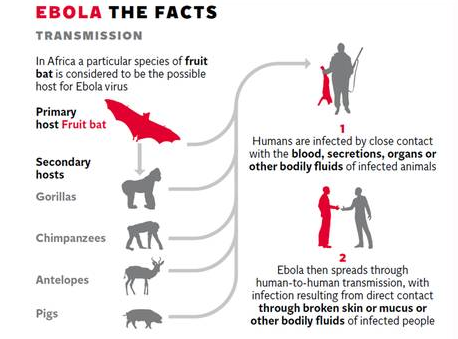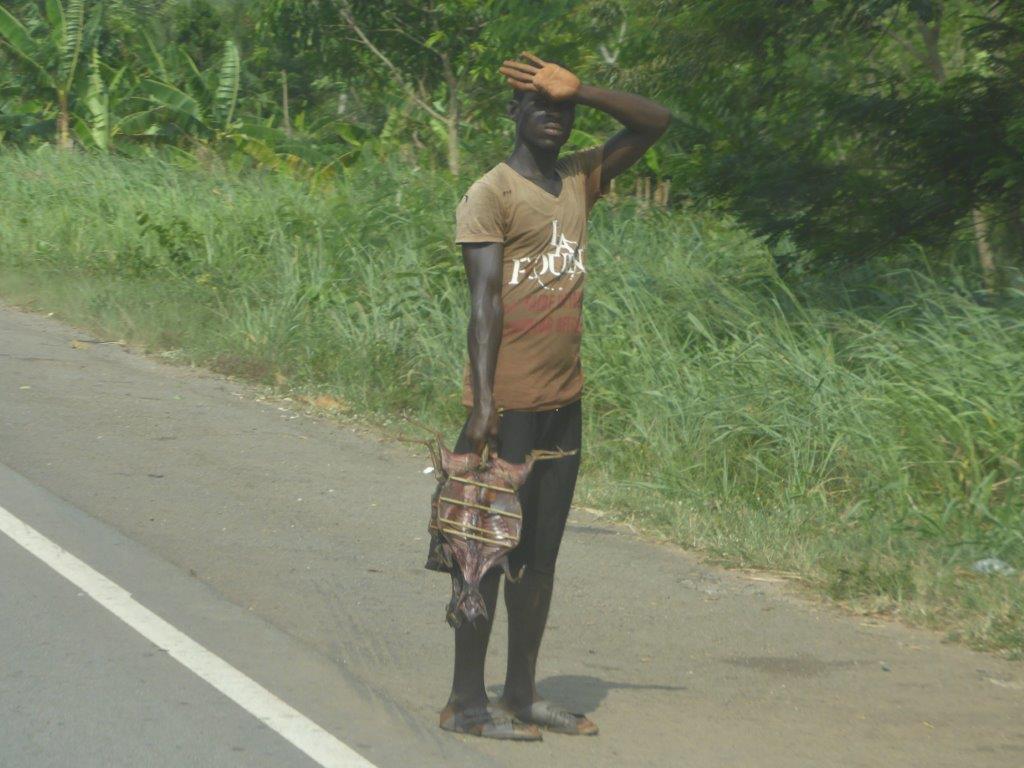Deadliest Ebola Virus Outbreak Ever
\nDr. Margaret Chan – Director General of The World Health Organization told a summit of regional leaders that failure to contain Ebola could be “catastrophic” in terms of lives lost. Dr Chan was meeting the leaders of the worst-affected countries – Guinea, Liberia and Sierra Leone – to launch a new $100m (£59m; 75m euro) Ebola response plan.\n\nWhile the basic techniques for stopping Ebola are well known. The problem is applying them. Medical practitioners are attempting to educate rural populations on wildlife consumption and interaction, as this is the first outbreak in West Africa. Working against them are suspicions among local people. Bushmeat – from animals such as bats, antelopes, porcupines and monkeys – is a prized delicacy in much of West Africa but can also be a source of Ebola.\n
\nThe disease infects humans through close contact with infected animals, including chimpanzees, fruit bats and forest antelope.It then spreads between humans by direct contact with infected blood, bodily fluids or organs, or indirectly through contact with contaminated environments. Even funerals of Ebola victims can be a risk, if mourners have direct contact with the body of the deceased.\n
\n\n
- \n
- Symptoms include high fever, bleeding and central nervous system damage
- Fatality rate can reach 90%
- Incubation period is two to 21 days
- There is no vaccine or cure
- Supportive care such as rehydrating patients who have diarrhoea and vomiting can help recovery
- Fruit bats are considered to be virus’ natural host
\n
\n
\n
\n
\n
\n
\nCurrently there is no licensed vaccine for Ebola virus disease. Several vaccines are being tested, but none are available for clinical use right now. Raising awareness of the risk factors and measures people can take to protect themselves are the only ways to reduce illness and deaths.



